Never heard of a Paulussen Beradino? That's because there's only one, and that took 50 years to finish. This dream car, built by Johannes P. Paulussen began in 1961 a project, built because he really wanted a supercar like a Lamborghini Miura, Ferrari GTO or Ford GT40, but didn't have the money to build one. It was registered in 1974 and driven on the road, but other things in life got more important and the car was shelved. Now, in 2011 it is - fingers crossed - complete.
Many visitors to the Concours d'Elegance of Classic Days, on the peninsula directly Orangerie at Schloss Dyck in Germany, stopped to at the curvy fire-red coupé. "What's that?"," It looks hot.","Is it a GTO?" or simply "Madness" were apparently some of the spontaneous reactions of people who saw this little beauty.
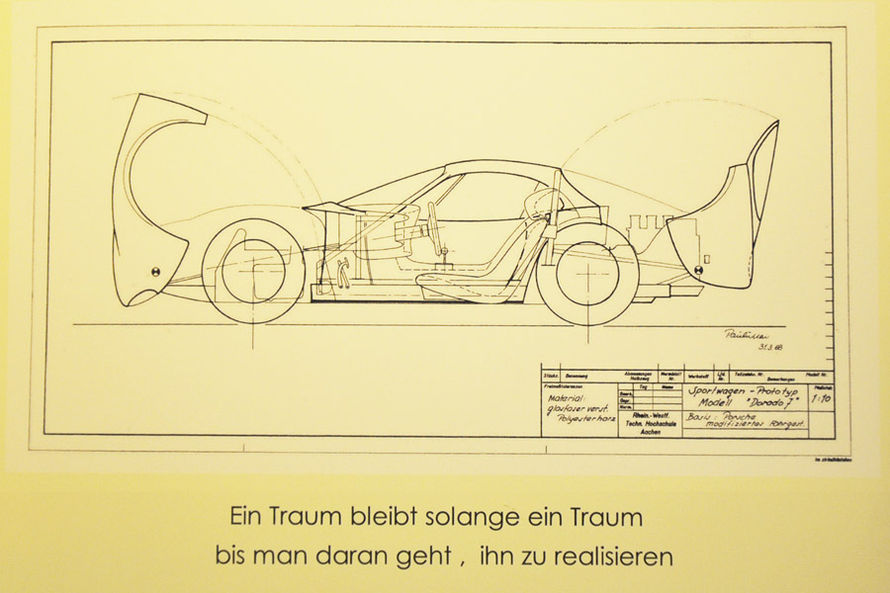 |
| This drawing dates from 1968; Here the flat windshield is to discern a special order. |
 |
| Not one but three: Paulusson designed the Beradino with a modular roof; as a coupe with a large rear screen or small vertical window- or as a convertible. |
 |
| The Paulusson-designed and built dashboard features minor gauges from a Glas 1700 GT , while the speedometer and tachometer are from an Iso Rivolta |
Now having taken care of the body, Paulussen turned his attention to the matters of of a suitable chassis and powertrain. He was in constant contact with the TÜV experts, as the car would have to pass their ultra-strict road car reguations if the car was ever to turn a wheel legally. "Without that, the car would never have happened." states Paulusson. So with that in mind and in the interests of reliability, the choice of engine was a 2.0 Porsche flat-six, which produces 110bhp. The chassis consists of elements of Porsche and VW Beetle: "braking, steering and electrics are from the front of the Porsche 356, a design not far removed from it's Beetle origins, with the rear being the transaxle from the aforementioned 911. The Paulusson-designed and built chassis is made from 40x100 mm square tubing with a wall thickness of 3mm; very stable, as well as TÜV-friendly. But he demanded an additional subframe for the Porsche engine - no problem for the talented Paulussen.
While the design and build of car sounds so simple on paper (or in a short paragraph), it took years in reality to build; approximately 7,000 hours were sunk into this car up to this point, and while some people would have thrown in the towel as the demands of life invaded, Paulusson perservered. In 1974 everything was ready and the Beradino had his first major appearance at an exhibition in the main auditorium of Aachen Technical University. A year later, the reward for all the years of hard work was a trouble-free TÜV inspection and Type Approval - in the papers under manufacturer: Paulussen, under type and design: Beradino hardtop.
In the following 15 years, Paulussen drove about 8,500 miles before the engine developed an oil leak and a loss of power; the engine would need a rebuild. The car was pushed into his garage - and the doors were shut. For 20 years.
"The Beradino fell into a deep sleep," admits Paulussen. Until 2009 the Beradino sat, biding its time and its creator's attention. And with Paulusson's retirement came the spark needed to bring the car back to life. Paulussen went back over the plans for his dream car from scratch, and with renewed enthusiasm worked from morning to night on the car."Its taken another 3,000 man hours." says Paulussen. Always with an eye for detail, parts of the car have been updated. "The headlights are from the New Mini, the mirrors are modified Porsche 993 items, the front indicators Golf MKVI." Never afraid to to make changes to his baby, its no wonder that Paulussen gave his car the nickname "the living project". In his first appearance after restoration and repainting it - RAL color 3000 flame red - the Beradino won an award for best in prototype class at Castle Classic Days 2011 Concours d'Elegance.
Theres so much more that could be said about the Beradino; the windscreen, which was created as one-off design, or the chrome, engraved and painted sills, or why the car named after the actor John Beradino, but no doubt it would fill a book. Johannes P. Paulussen sounds like the kind of passionate petrolhead most of us could quite easily spend hours talking to about cars; the Paulussen Beradino is a true labour of love and a living testament to his passion.
Hand-translated and refined from the original feature. So much for Babelfish.

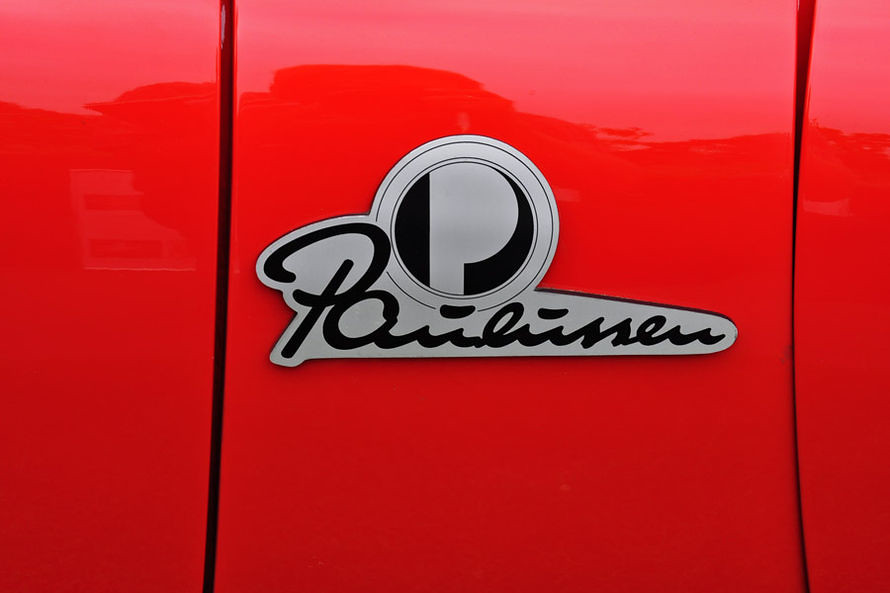
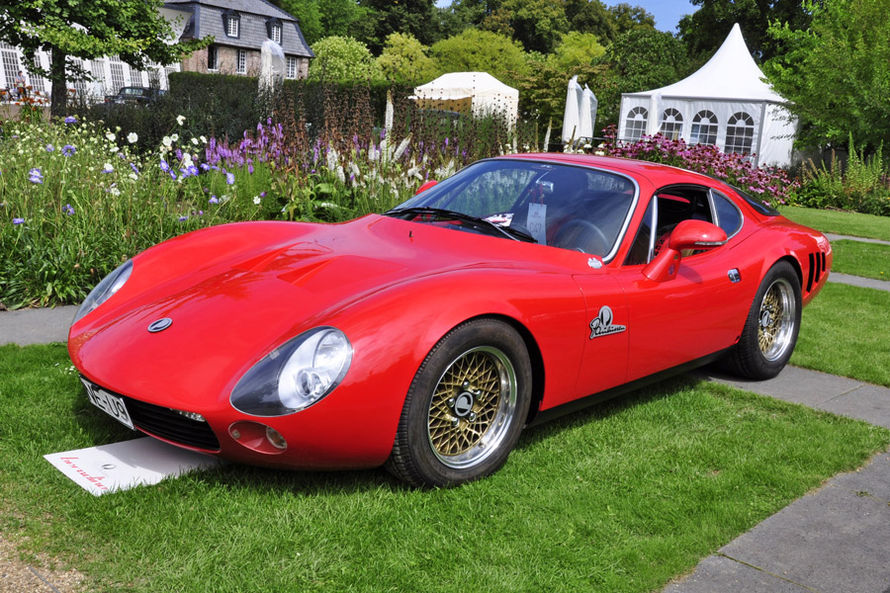
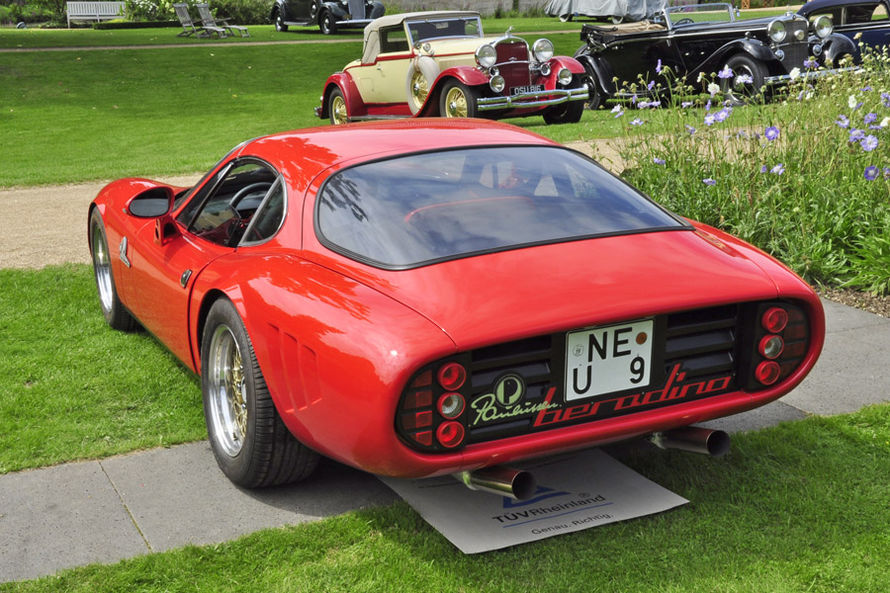

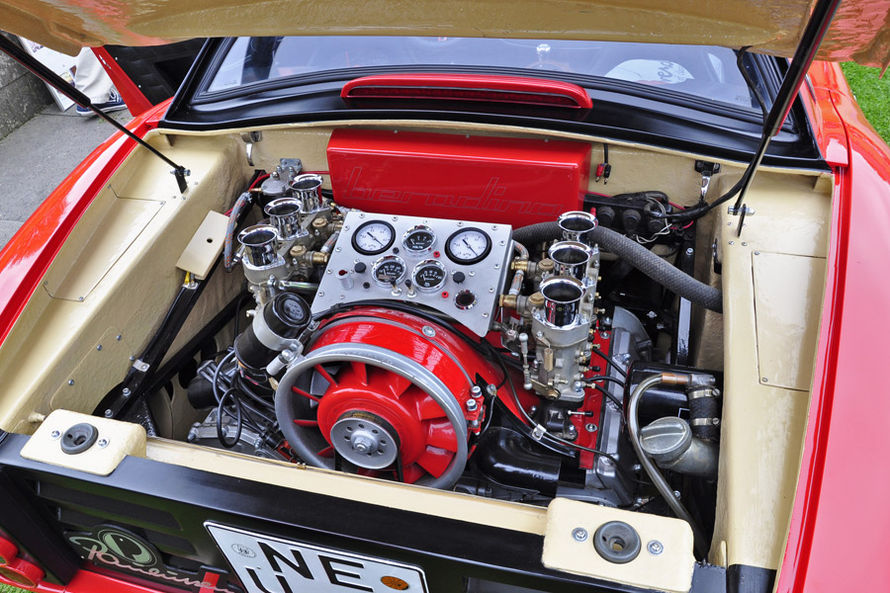

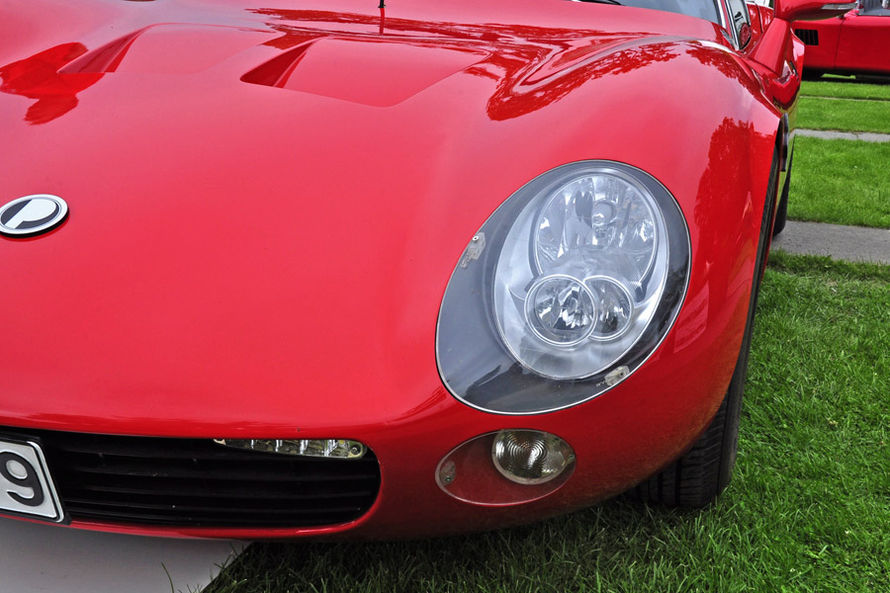


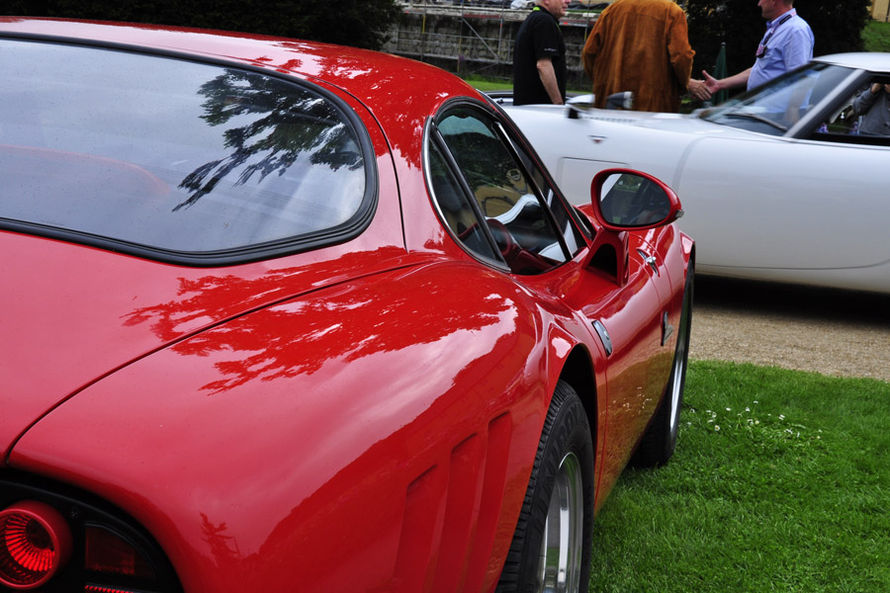


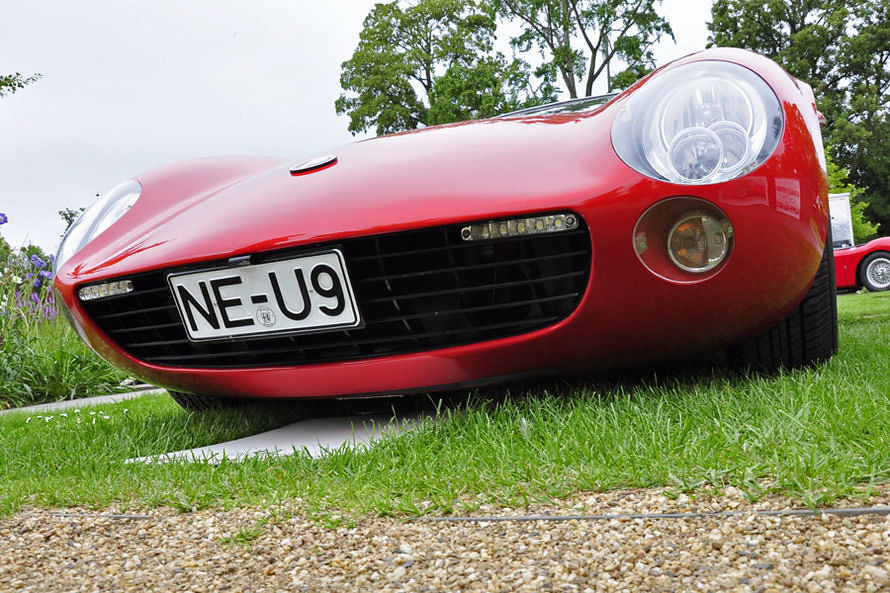

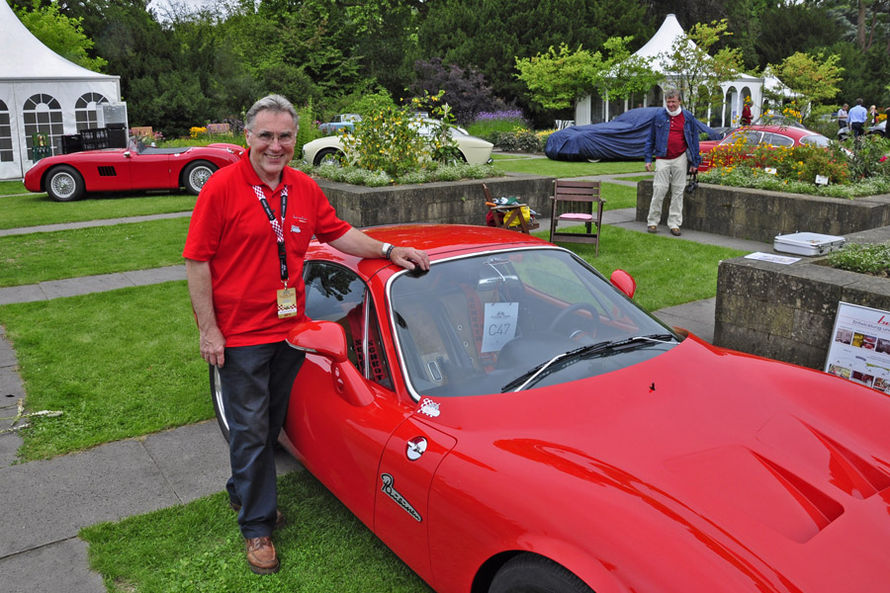
No comments:
Post a Comment